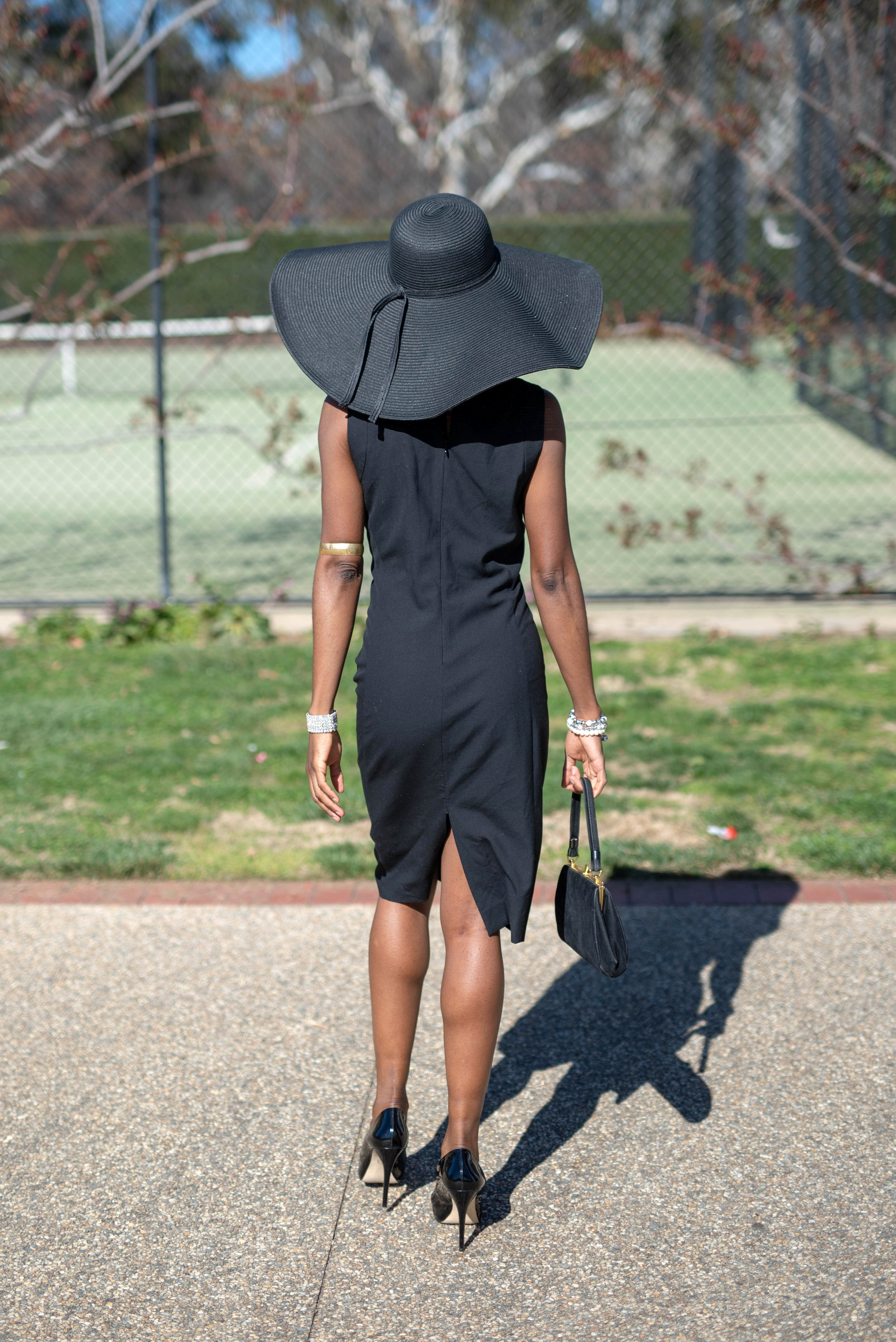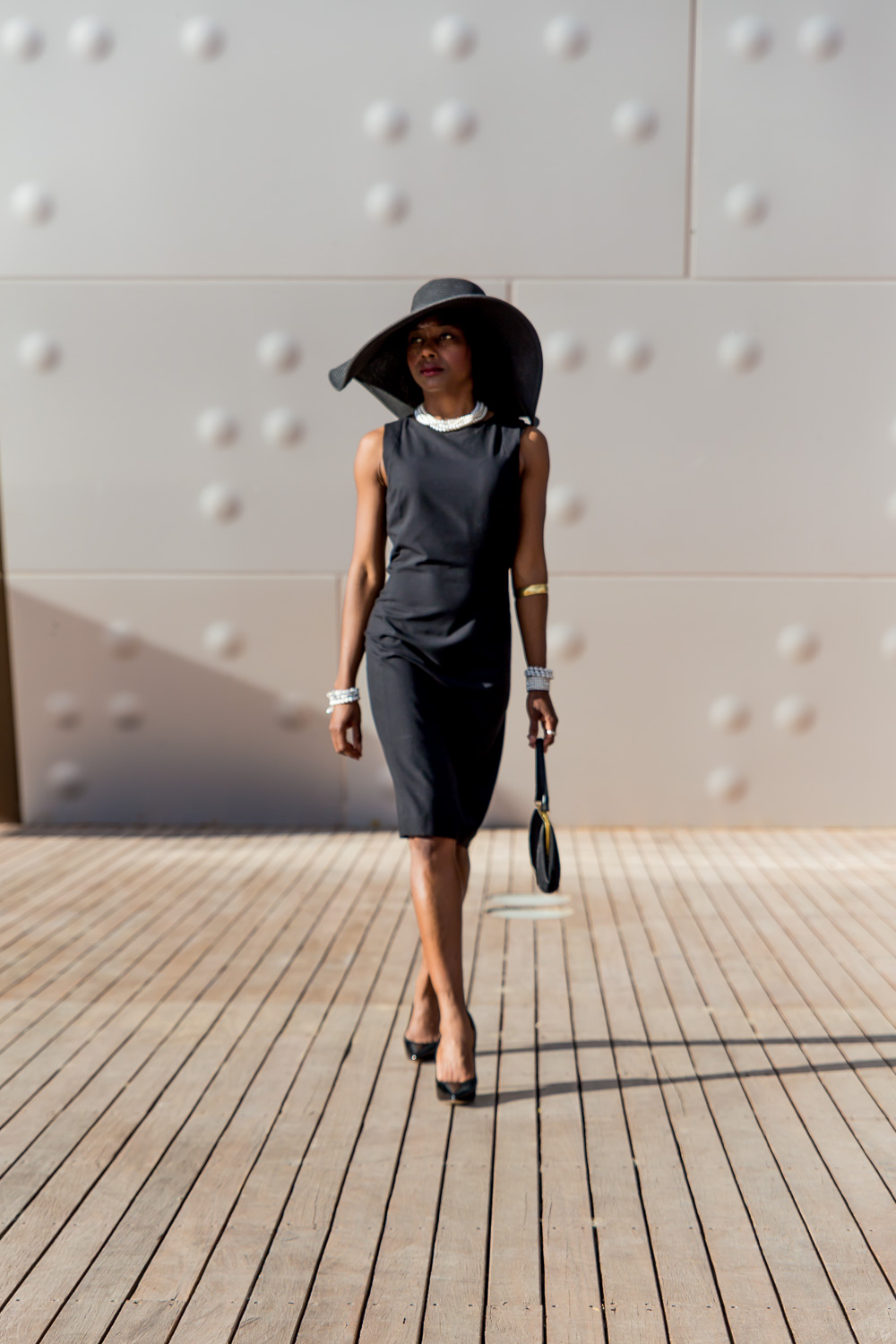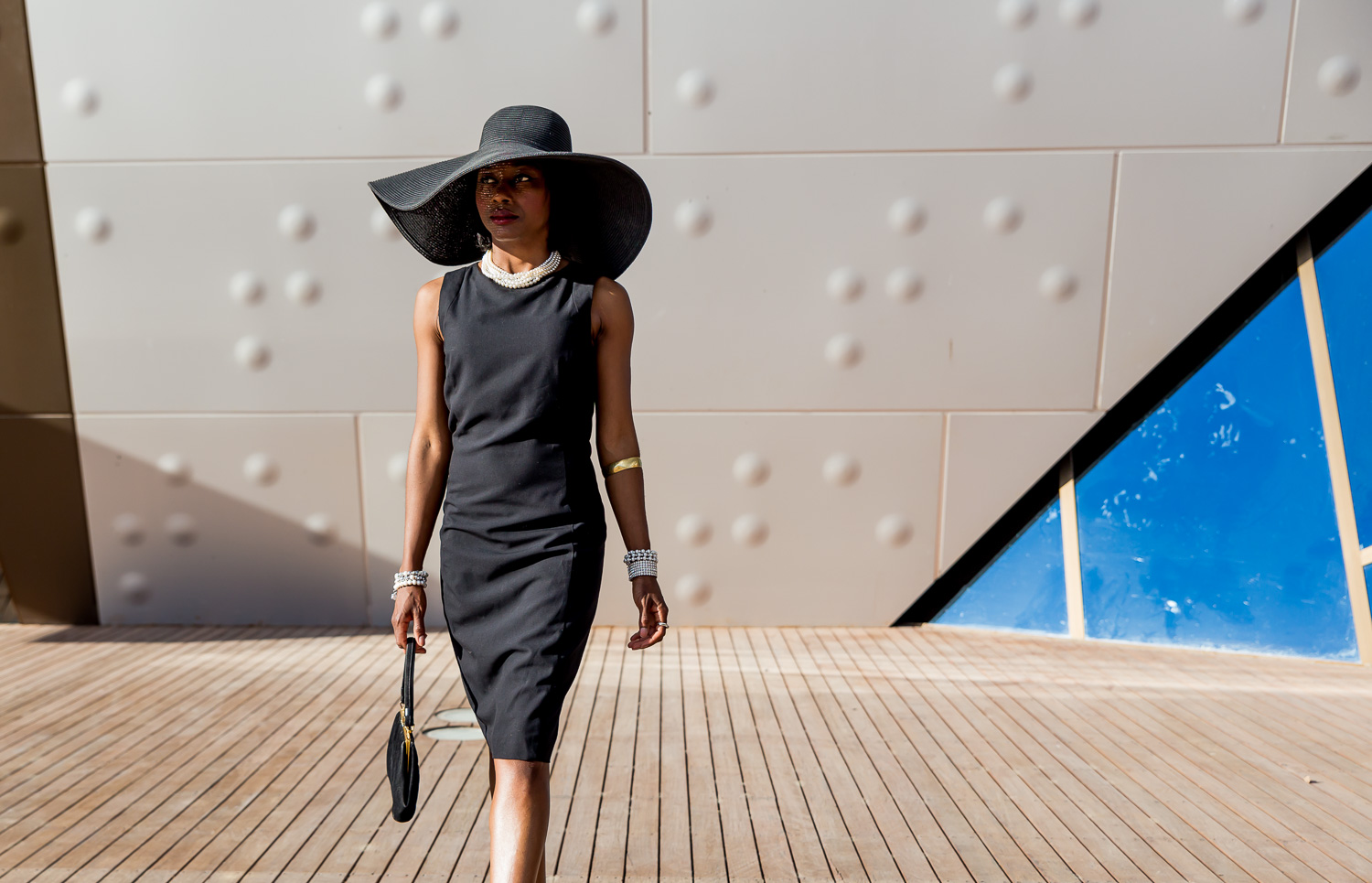In this ethical fashion feature, I’m wearing a casual and a corporate outfit by my favourite sustainable fashion label, Pure Pod. As one of the pioneer brands on the scene long before ethical fashion was considered a thing, Pure Pod has been making beautiful designs with a passion for people and planet. Ethical fashion brands are in my opinion, the labels that should be mainstream, where we buy our new clothes from. They are slow fashion brands committed to Fairtrade, organic clothing, organic certifications, sustainable production, fair wages, decent work conditions, natural textiles, animal welfare and environmental consciousness.
With fashion being one of the most environmentally-damaging industries, it’s remarkable that the UN Sustainable Fashion Charter for climate action was launched in December 2018 at the COP24 climate conference. Initiated by the UN climate change secretariat, the climate for fashion charter was backed by Stella McCartney. It has 16 commitments for brands and organisations to adhere to for low-carbon production methods and for the elimination of fashion waste. So far, forty fashion brands have adhered to the charter.
With cheap fashion threatening the planet, the creation of the charter was an absolute necessity to reform the havoc that has been reeked by the industry. Some of it includes:
water pollution
soil contamination through agricultural pesticides
landfill waste, toxic chemical and dyes during manufacture
soil degradation
deforestation
drought from over irrigation.
More than twelve years before the arrival of the charter, Pure Pod has been striving to create a cleaner fashion industry and promote creative designs that have a story and strong identity behind them. Their clothes are made of natural, Certified organic fabrics, natural or low impact dyes and deadstock material.
They only work with businesses and companies who are tracing and checking their supply chains to make sure people and the environment are protected and looked after.
The environment is a huge factor throughout their sourcing, production and distribution processes. Disposal and waste management are even woven into their design process.
When you factor in all of these elements, it becomes clear that ethical clothing is not cheap. Even though we might be paying a lot more for an ethically-made item than a fast fashion item, we can rest assured that ethically-made items will outlast their fast fashion counterparts by many years. On that account, in the long run we’re getting a lot more value than what we paid for the garment. We won’t run the risk of buying something that will fade or disintegrate after the first wash.
The BMWi Blue dress
This beautiful BMWi Blue dress is made from bamboo velvet, in a shade of blue that I love.
The look: Lounging by the water, I chose to go barefoot with this one.
Style tip: If you own a dress like this, try wearing flat sandals or ballet flats for a casual look. For a night out, I’d opt for open-toe sandal heels.
Autumn/Winter: Certain styles of knee-high boots might work with this dress in colder seasons.
The Denim Banded Bee Dress
This denim Blue Banded Bee Dress is Australian made from Certified organic cotton denim indigo. It has handmade crochet trims on the bodice to symbolise bees and an open back.
I paired the dress with Pure Pod’s pink and white 40’s inspired Vintage top. It’s vegetable- dyed, hand block printed and made from Certified organic cotton voile.
The Look: To give it a corporate look, I wore patent black court stilettos and a black handbag.
Styling tip: Wear the denim banded bee dress on its own, with a casual top or top with a unique pattern for versatility.
Outfits sourced from:
BMWi Blue dress: Pure Pod
Denim Banded Bee Dress: Pure Pod
40s inspired Vintage top: Pure Pod
Michael Kors patent black stilettos: The Green Shed Op Shop
Black handbag: Borrowed from a friend.
♥ Nina Gbor

































